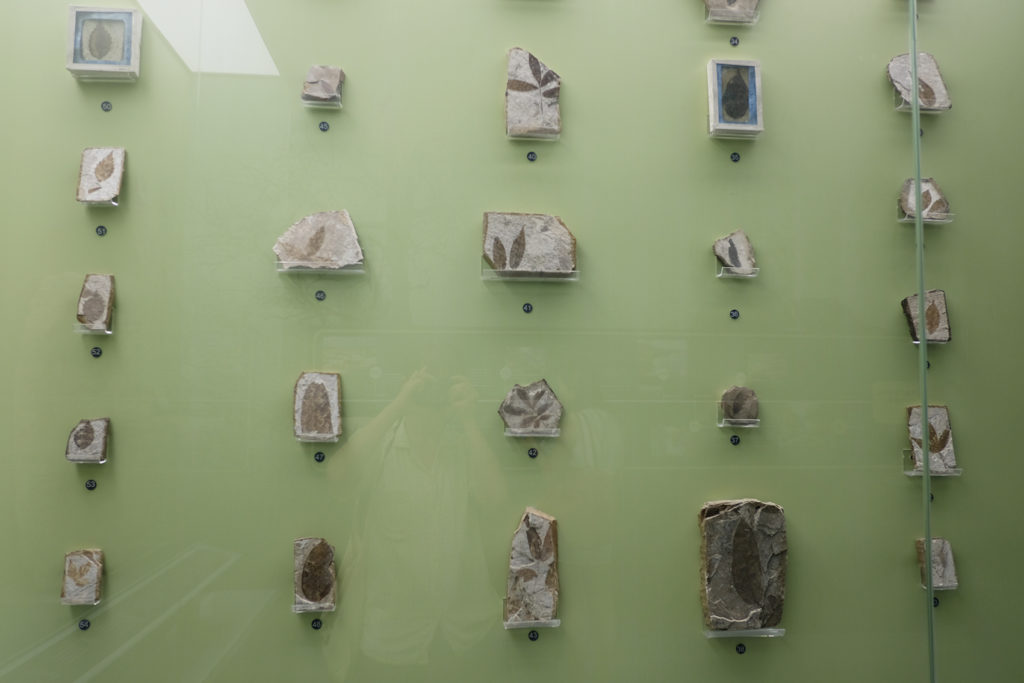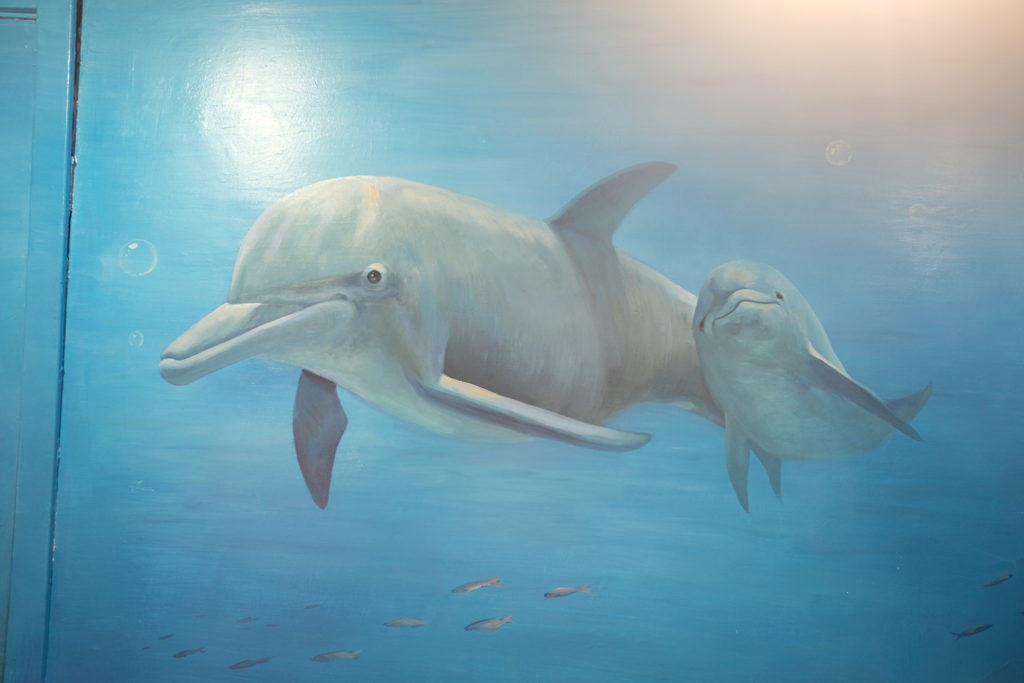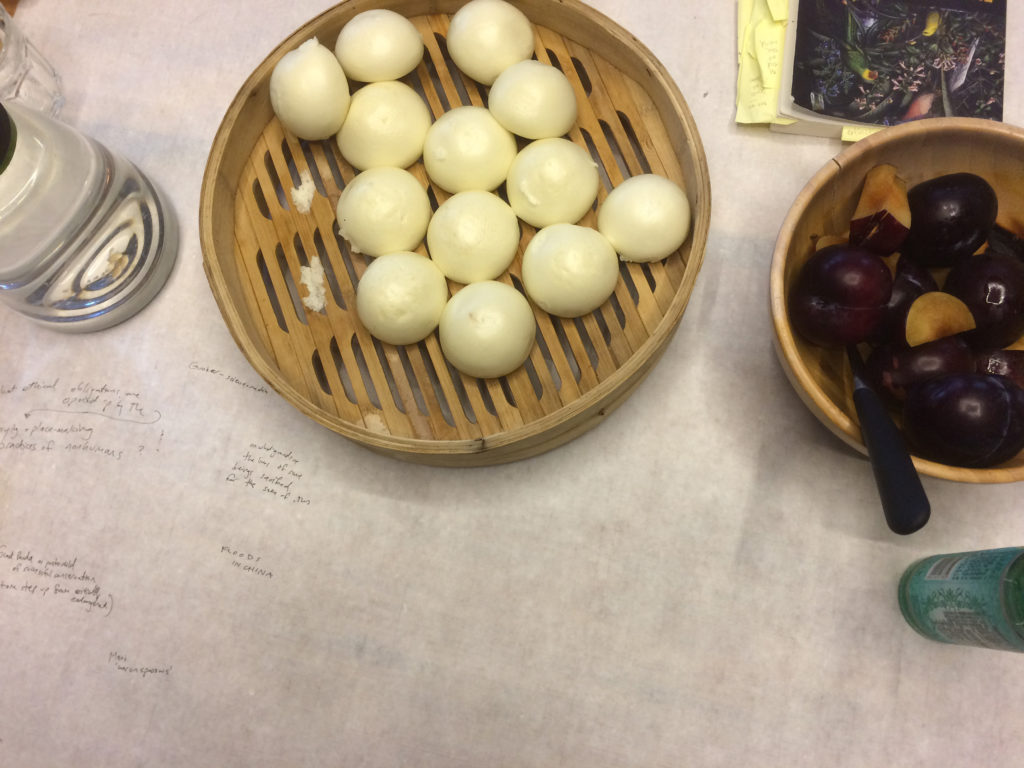**Next meeting at IFP on Wednesday evening, 10 October 5:30pm**
Post-holiday! This week we’ll continue to read aloud together and discuss, recording parts of the meeting for an extinction audio book cassette library.
On offer this time is the very recent collection After Extinction (2018), edited by Richard Grusin. I would suggest the chapter ‘Photography after Extinction’, by Joanna Zylinska, which attempts to think photography under the horizon of extinction, as a ‘light-induced process of fossilization’ working across time and matter.
As always, newcomers are welcome, no preparation or expertise needed.
RSVP by email
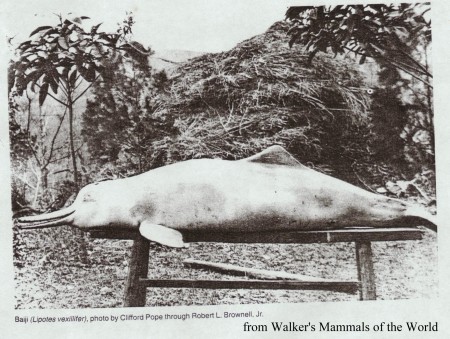

[image from Ernst P. Walker (1964) Walker’s Mammals of the World, John Hopkins University Press]


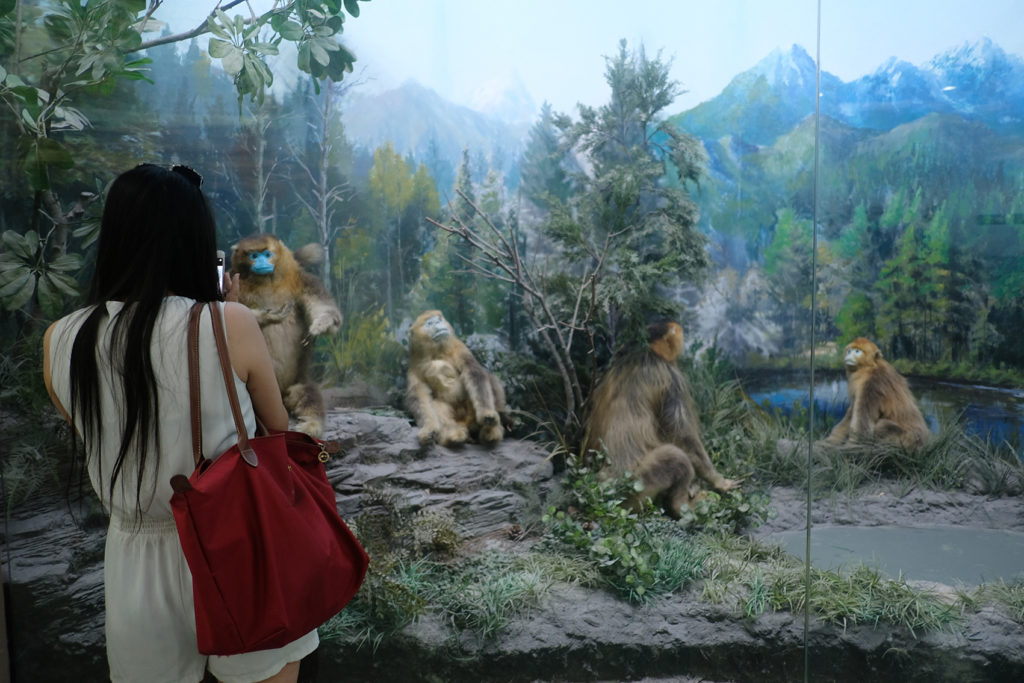
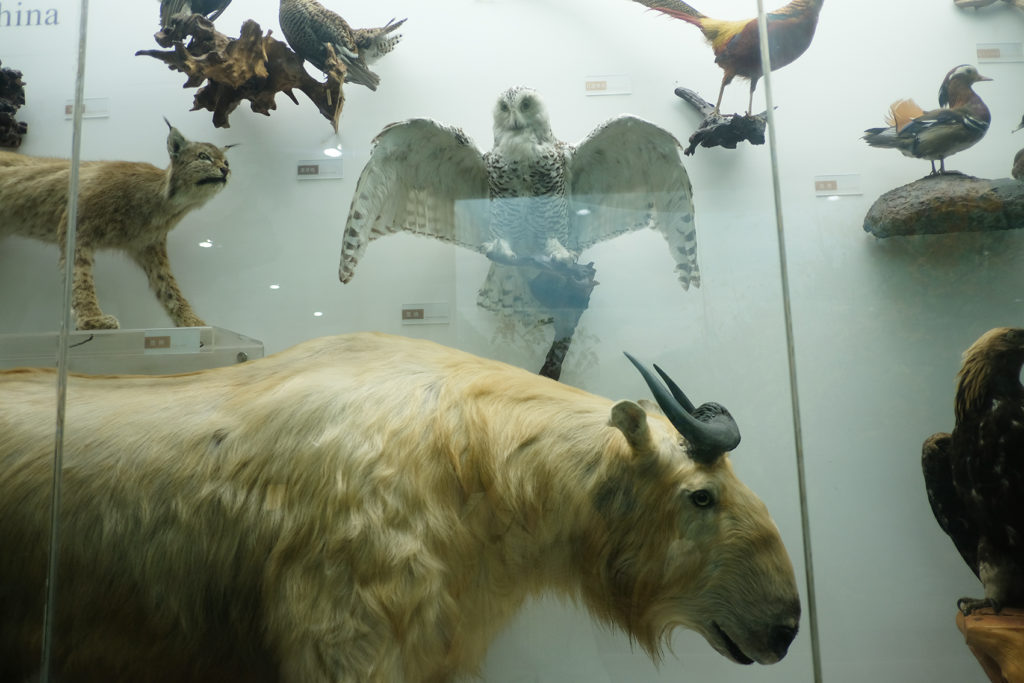
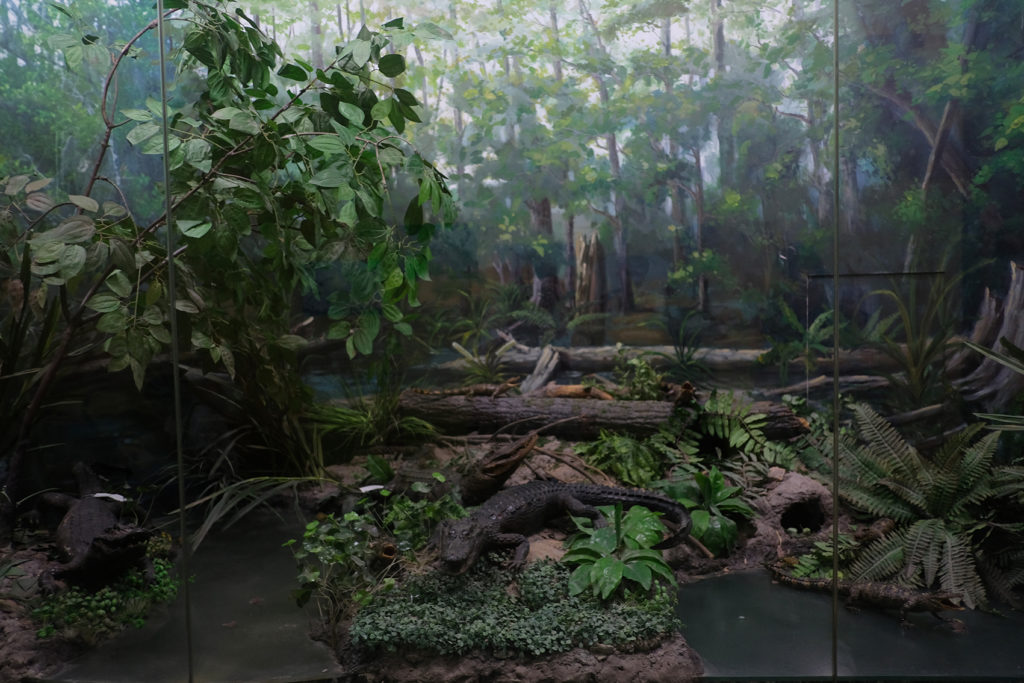 Chinese alligator, extremely rare nowadays.
Chinese alligator, extremely rare nowadays.